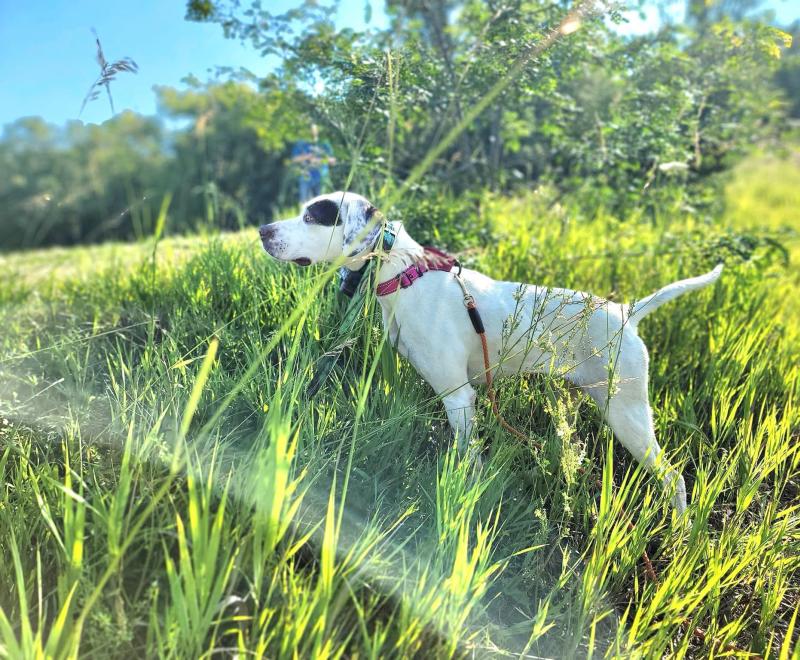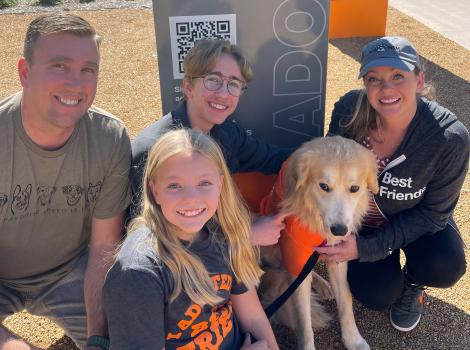Easier adoption process saves more dogs and cats
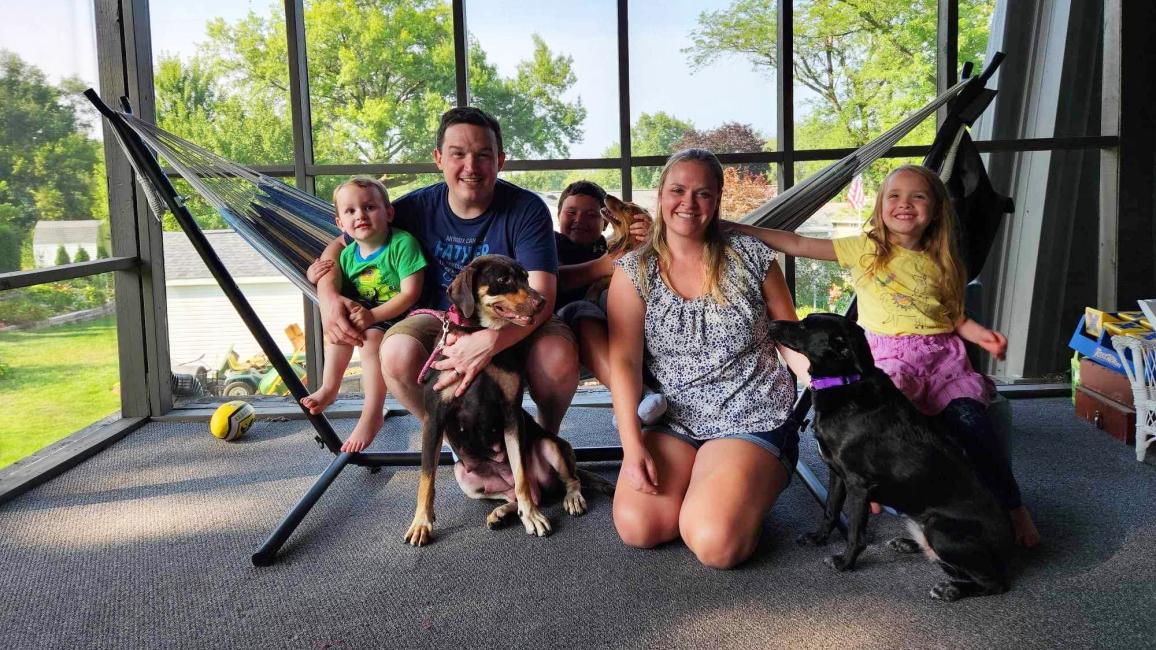
When 2-year-old Miss Callie, along with 2-year-old Mama Jewel and her nursing pups, arrived at It Takes a Village Animal Rescue and Resources (ITAV) in Muscatine, Iowa, they had several things in common — the biggest being that they’d both come from shelters and needed help getting into new homes.
They all had some health concerns to overcome, but the folks at ITAV wasted no time in getting them the care they needed and then into new homes. And now, thanks to a change in ITAV policy, dogs like Miss Callie and Mama Jewel are being adopted faster and with less red tape.
Making the change from a more stringent, barrier-filled adoption application process to embracing a less restrictive adoption process has been a sea change for ITAV. And it was probably the last thing on the mind of Executive Director Meagan Koehler before her chance meeting at a conference with Michelle Logan, director of Best Friends’ national embed programming.
[Shelter helps dogs put their best paws forward]
After attending several conference sessions about pet adoption, Meagan had this burning question for Michelle: “What is Best Friends’ position on open adoptions?”
“Meagan really wanted to talk it through with me,” says Michelle. “So we had a long conversation in which she shared with me that 90% of their adoption applications were being declined. I was able to explain how having an easier adoption process could help them change that and help many more at-risk animals find great homes.”
ITAV’s previous adoption process included a lengthy application, veterinary reference checks, three nonfamilial personal reference checks, a home visit, a background check, landlord verification for renters, and very strict requirements on any existing pets of potential adopters.
“We spent significantly more hours every day processing applications,” says Meagan. “The result was that dogs spent longer in the shelter or foster (homes) because it was harder for approved applicants to be found.”
Making the change to an adoption process with fewer restrictions was a completely new concept to ITAV, says Meagan. “It would take quite the adjustment,” she says. “But after speaking with Michelle and learning about Best Friends and its data-based stance on adoptions, I could see that, yeah, it all makes sense.”

Embracing the change
Michelle had an idea. Best Friends could offer grant funds to challenge the organization to embrace removing arbitrary barriers to the adoption process to increase its adoption numbers and make it possible for ITAV to take in more pets from other shelters that need the help. A $15,000 grant from Best Friends would make it possible for ITAV to transfer 120 dogs over the course of six months to its Iowa location.
Best Friends’ goal is for all shelters across the country to reach no-kill by 2025, and transferring animals from shelters where they’re at risk is one key tactic. It starts saving lives immediately while those shelters build programs to support pets locally.
As it turned out, revamping the adoption process also made perfect sense to ITAV’s board of directors. “We are really fortunate that not only do we have an amazing working board, but they all are truly here for the betterment of the animals,” says Meagan. “It has nothing to do with ego. They were receptive to the idea and said, ‘You know, the very least we can do is give it a try and see how it goes.’”
ITAV was already firmly committed to getting its animals into foster care as quickly as possible. “It’s less stressful for everyone,” says Meagan. “It’s better for the dogs. It’s better for potential adopters to have a full picture of their personality and their needs and their quirks.” Getting those animals into adoptive homes with less fuss was the natural next step.
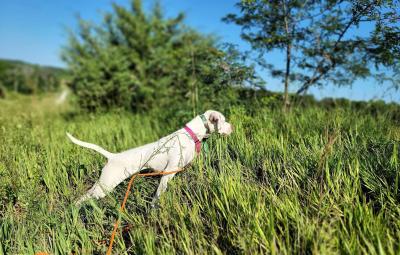
Great customer service for pet adoptions
Meagan says she understands some organizations’ hesitation about changing their adoption policy. “I can relate to it. I felt the same way,” she says. “But the way that we were able to make this switch was by understanding that removing barriers does not mean removing resources. But it does allow us to reallocate valuable time and human resources to new services, such as pre-adoption matchmaking, post-adoption assistance, and shelter diversion practices. We still get to do our part to make each adoption successful, but with this change we also get to save so many more dogs and cats.”
Thanks to an executive director who saw the possibilities and a supportive board of directors willing to give it a try, ITAV is saving more lives than it was a year ago. “Compared with the same time period (June 1-September 1) adoptions have increased almost 30%,” says Meagan.
As a result, says Michelle, more animals are being adopted instead of staying at risk in shelters. And ITAV is infusing its Iowa community with spayed/neutered, vaccinated animals and engaging a whole new segment of the animal-loving community.
[Kansas animal shelter staff sees dogs in a new light]
A few of those animals include Miss Callie, Mama Jewel, and her puppies. Callie had been living at the home of an experienced foster volunteer who specializes in dog training, so she got lots of practice with training cues with some help from her foster sister. She recently got adopted and is thriving in her new home.
Mama Jewel, after a lot of TLC, is healthy and happy. Local residents were so touched by her story that there was plenty of interest in adopting her. And in no time at all Jewel went to a home of her own, as did her puppies.
Meanwhile, ITAV is moving forward with its new modern adoption policy. Lifesaving is up, and Meagan says what used to be no to most adopters is more likely a yes.
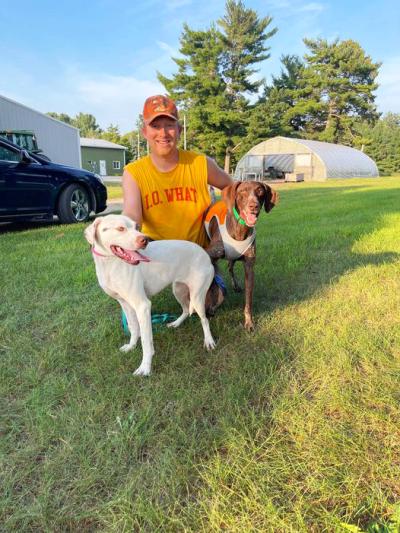
More services, less red tape
“The reason so many shelters and rescue organizations ask so many questions during an adoption process is because people believe that by having a rigorous process, they are ensuring a great home for the dog or cat,” says Michelle. “But the research data shows that those arbitrary processes don’t deliver that result. And because so many wonderful homes get denied, it creates a bad perception of animal welfare, which might discourage others from considering adoption. So we see organizations with a lot of barriers in place that really don’t get what they think they’re getting.”
Another reason, says Michelle, is organizations investing a lot of time and money into taking in and caring for an animal feel obligated to make sure the animal gets the “perfect” home. But instead, animals remain in shelters longer and ideal homes are missed.
Meagan is excited about the adoption policy changes at ITAV and what they mean to her organization and the community at large.
“Rather than focusing on all those barriers, we are offering pre-adoption matchmaking and post-adoption resources,” she says. “And if an application indicates that someone’s current pets are not fixed or properly vaccinated, we offer a low-cost resource by means of our high-volume It Takes a Village Spay and Neuter Clinic.”
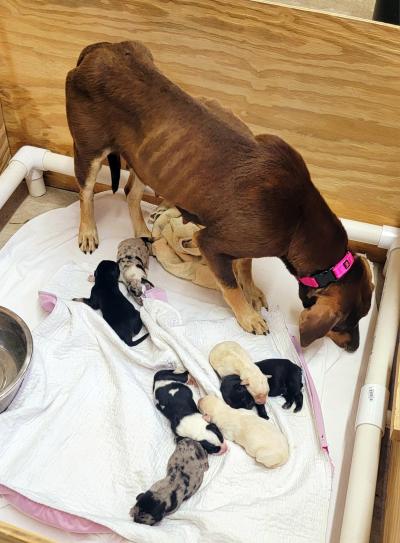
Let's make every shelter and every community no-kill by 2025
Our goal at Best Friends is to support all animal shelters in the U.S. in reaching no-kill by 2025. No-kill means saving every dog and cat in a shelter who can be saved, accounting for community safety and good quality of life for pets.
Shelter staff can’t do it alone. Saving animals in shelters is everyone’s responsibility, and it takes support and participation from the community. No-kill is possible when we work together thoughtfully, honestly, and collaboratively.
